[ad_1]
Spotify is one of the best streaming services due to its rich feature set and integrations. Available in free or premium subscription tiers, the platform offers many perks to paying subscribers. Featuring a recently updated user interface, seamless playlist creation, great compatibility across a multitude of devices (smartphones, computers, smart speakers, etc.). .
However, there is one common complaint shared by many Spotify users: the sound quality. Premium subscribers can only stream music at his 320kbps. That’s a big improvement from his 160kbps offered to free subscribers on the mobile app, but much lower than lossless streaming rivals like Tidal (which max out at 9,216kbps).
As we continue to wait for Spotify HiFi, a new tier that supposedly upgrades sound quality to “CD quality lossless audio format”, there are some tricks you can adopt to ensure you get the best audio performance output. The world’s most popular music streaming service.
Make sure you’re getting the most out of Spotify’s sound by following these essential tips.
1. Maximize streaming quality
[設定]in the menu[オーディオ品質]Scroll down to[WiFi ストリーミング]field and[セルラー ストリーミング]If the field (if using the mobile app) is[自動]You can see that it is set to This helps you get the best possible sound based on your network connection, but it also means letting Spotify decide the streaming quality.
Change these fields to Very High to regain control. That way, you, the listener, can rest assured that you’re streaming content at the maximum bitrate available from your streaming service, so you don’t compromise sound quality or miss any detail in your recordings.
- Settings > Audio Quality > Select: Very High
2. Normalize volume levels
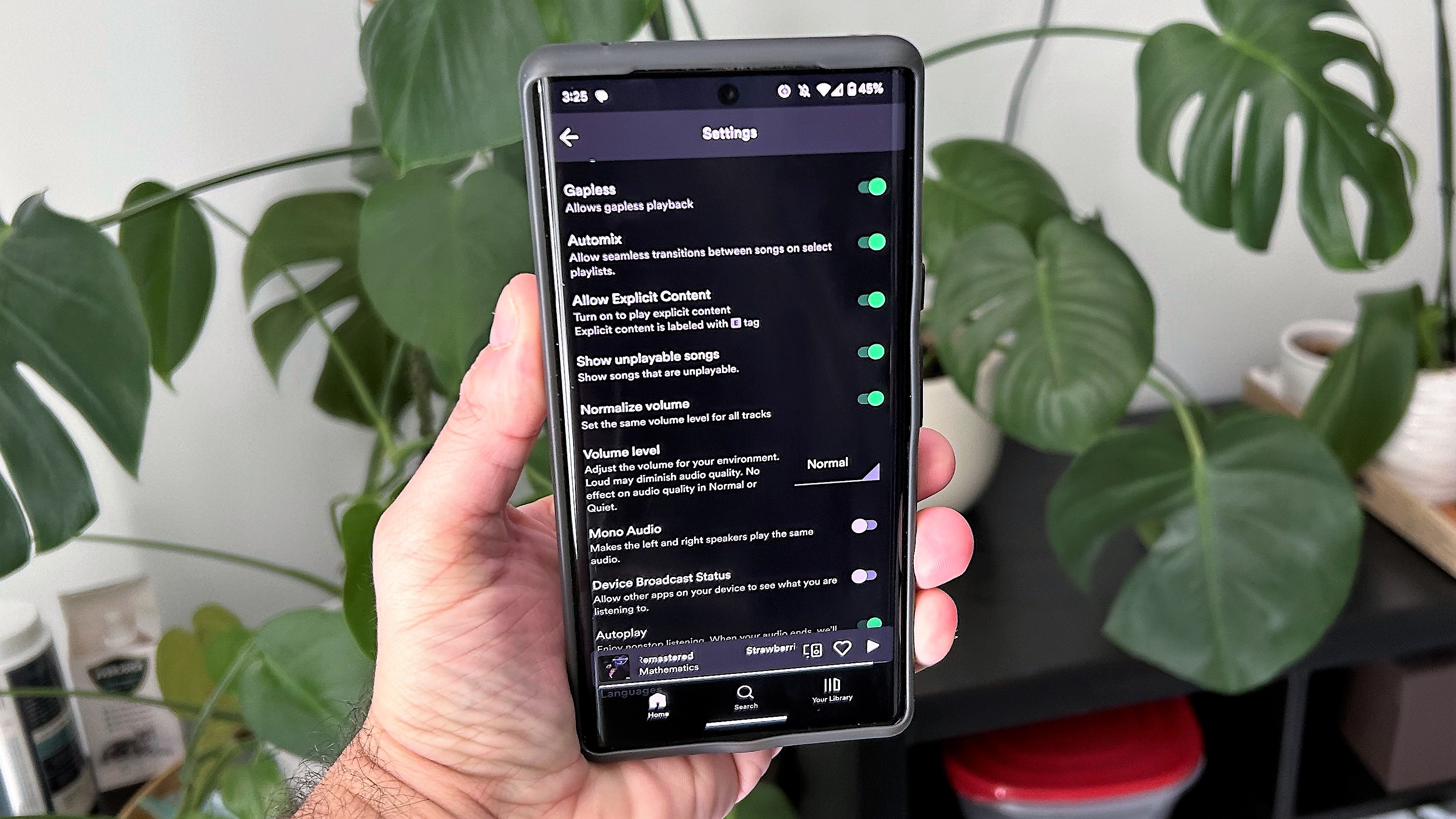
Occasionally, a song is played that is noticeably louder than the previous song. I have experienced this many times. Especially when playing ripped MP3 local files in Spotify playlists.
There is a feature that automatically adjusts the volume level to the environment: volume normalization. All you have to do is turn it on and choose one of three volume levels: loud, normal, or soft.
- Settings > Normalize Volume > Choose: Loud, Normal, or Quiet
3. Play the remastered album version of the song
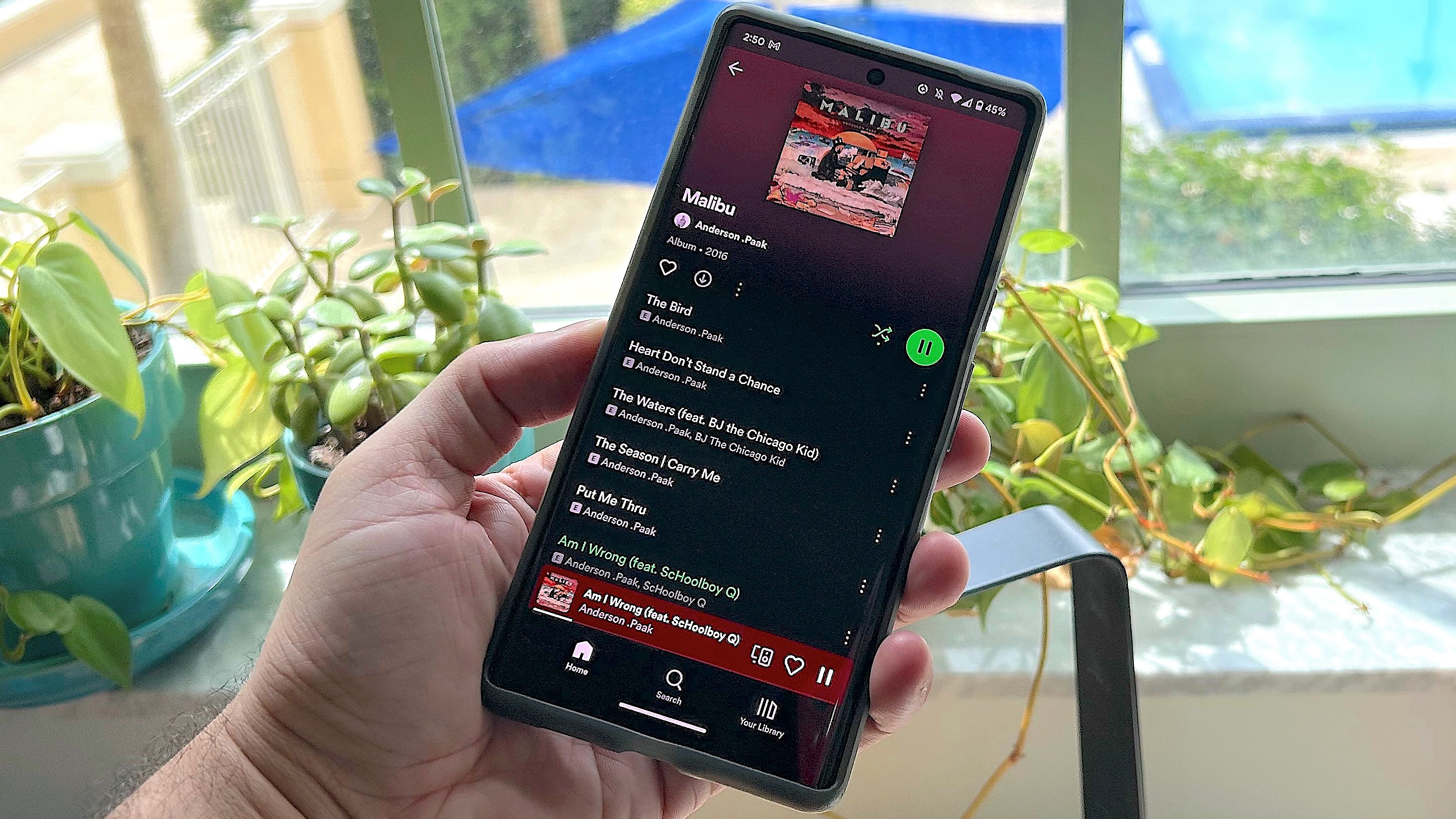
Rumor has it that listening to the album versions rather than the singles provides a more polished listening experience.Are these tracks better designed on the album? Comparing several singles to his versions of albums in various genres, found subtle differences in performance.
However, listening to the remastered album versions of these songs, I found improved clarity and instrument separation. Listen to his version of the Wu-Tang Clan’s single ‘Da Mystery of Chessboxin’. (opens in new tab) Compare to the version on the Enter the 36 Chambers (Expanded Edition) album. (opens in new tab) — the latter is much better. You can expect the same results with millions of other songs on Spotify.
Top tip: When creating playlists, don’t forget to choose better versions of your tracks.
4. Use Spotify EQ for Customized Sound
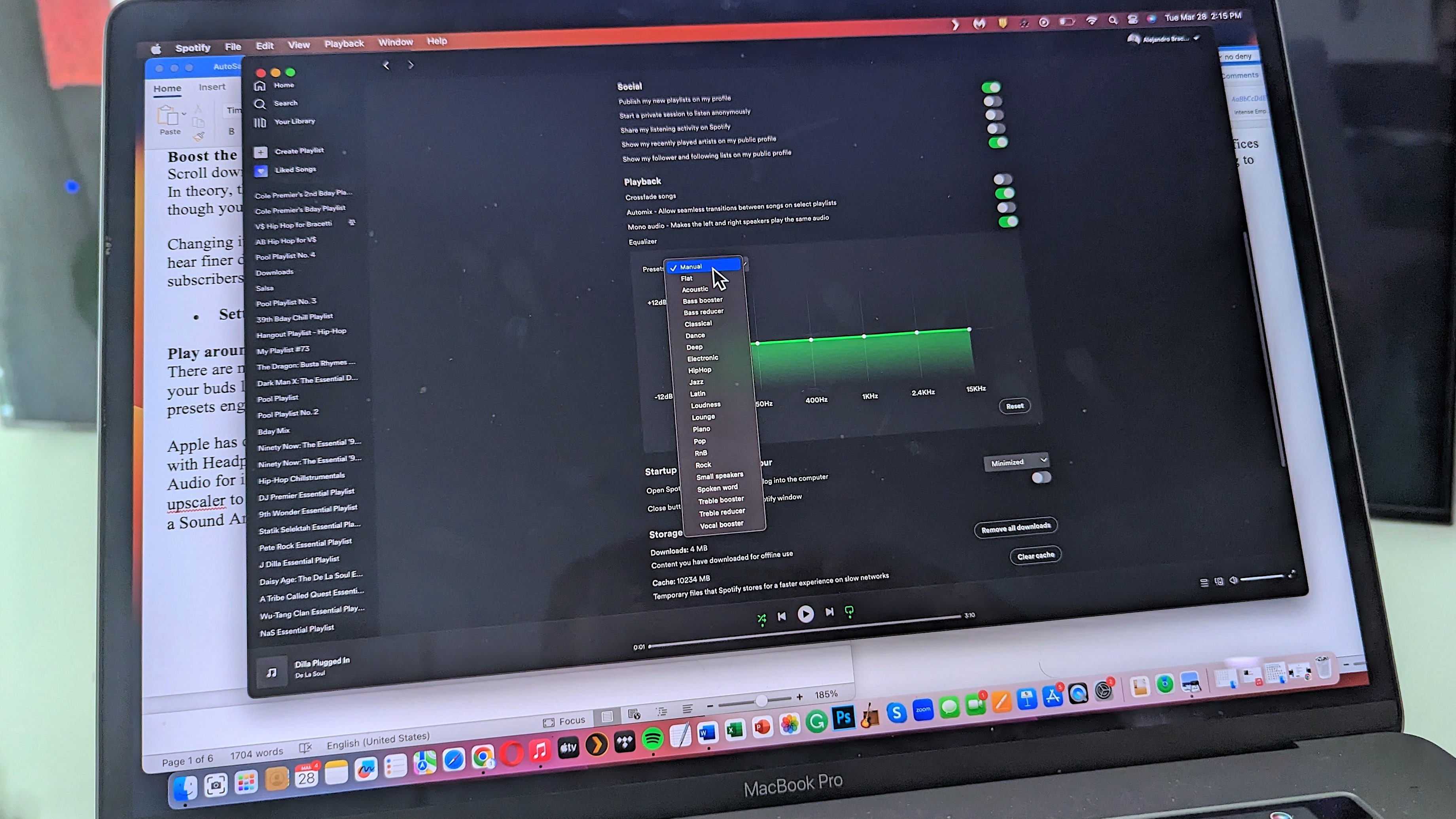
There are many ways to tweak the sound of your smartphone. Apple offers over 20 EQs available on iOS and other customizable features like Personalized Spatial Audio for immersive 3D audio on iPhone. Samsung Galaxy phones boast Dolby Atmos, EQ, and UHQ upscalers. Other Android phones like the Google Pixel 3 (and newer) come with sound amplifiers designed to make certain sounds louder without sacrificing performance.
Additionally, you’ll find that the best wireless earbuds come with built-in EQs to adjust bass, treble, and midrange, as well as multiple presets designed for specific content.
Spotify’s ecosystem also has its own 6-band EQ[設定]Embedded in the menu. Before messing with his EQ output, which is Spotify’s own, I’d recommend making sure his EQ settings aren’t enabled elsewhere on your phone or headphones/earbuds.
Despite using decibels and frequency points from low to high, it’s very easy to tweak the sound to your liking. Scroll down to Playback and Equalizer and you’ll see his EQ graph in green, which is set to flat by default.
From here, the user can adjust the sound output across six frequency points to achieve sound waves shaped to their tonal preferences. Or, he chooses one from Spotify’s 22 her EQ presets, from Flat to Vocal Booster, with a wealth of EQ settings designed to enhance a particular musical or vocal style.
- Settings > Playback > Equalizer
5. Use a portable DAC
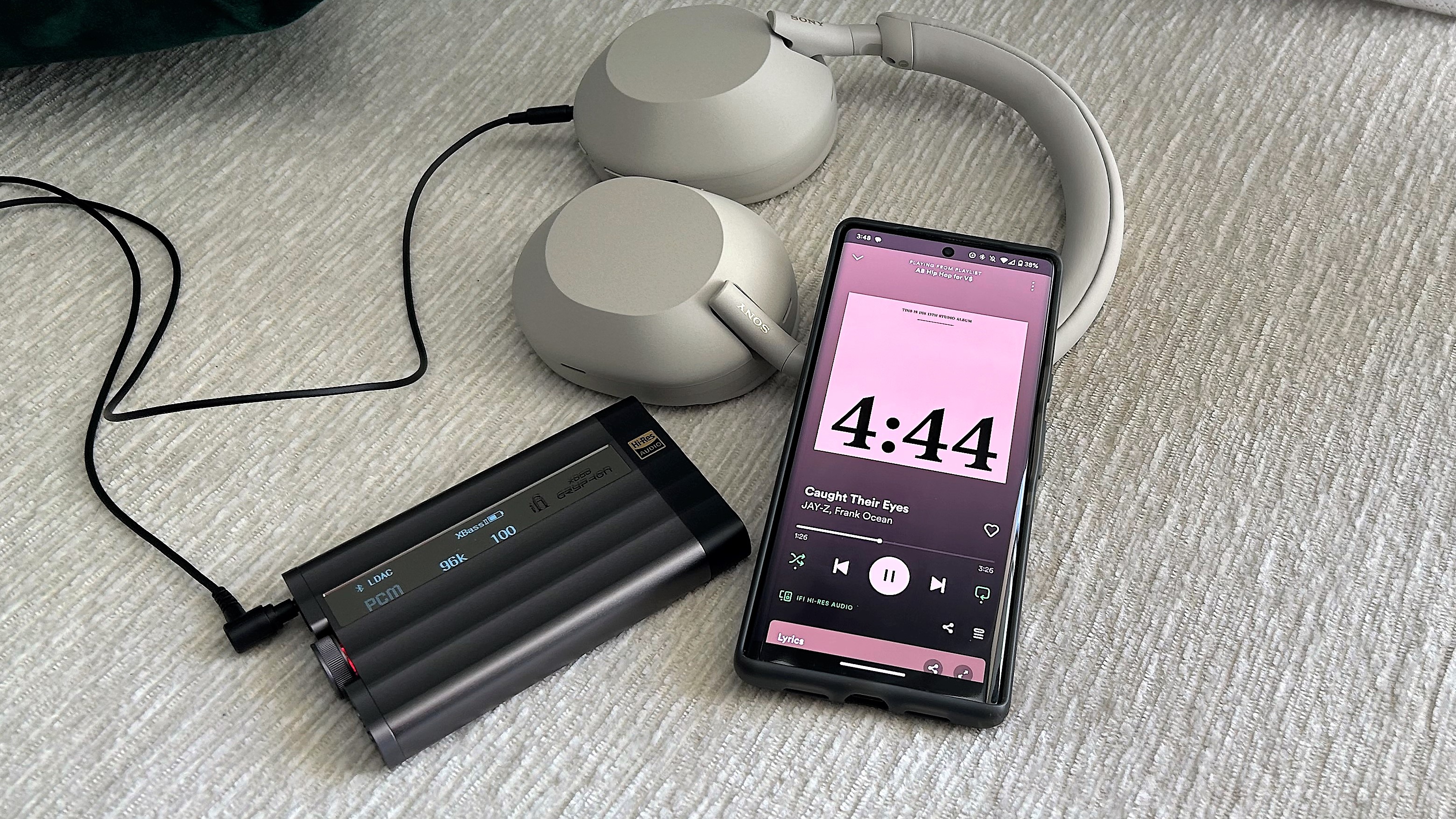
A portable DAC (digital-to-analog converter) is not only the best iPhone audio upgrade, but also a great accessory for improving the sound of compatible media devices. The iFi xDSD Gryphon is your go-to product for desktop listening, supporting all the latest audio codecs and producing stunning stereo imaging with wired or wireless headphones. For portable devices with a wired pair of headphones, audio editors recommend the Astell & Kern AK HC3 inline DAC.
Lossless streaming services like Tidal have a DAC mode (passthrough MQA) that decodes Tidal Master recordings (check out these hidden Tidal features). Spotify doesn’t, but pairing the media player with an external DAC and the best audiophile headphones can greatly improve audio quality. Instruments and vocals are emphasized, and bass sounds more alive.
Another thing to consider is that using a DAC will future-proof your smartphone if Spotify HiFi ever launches.
Spotify’s hardware acceleration, legit or myth?
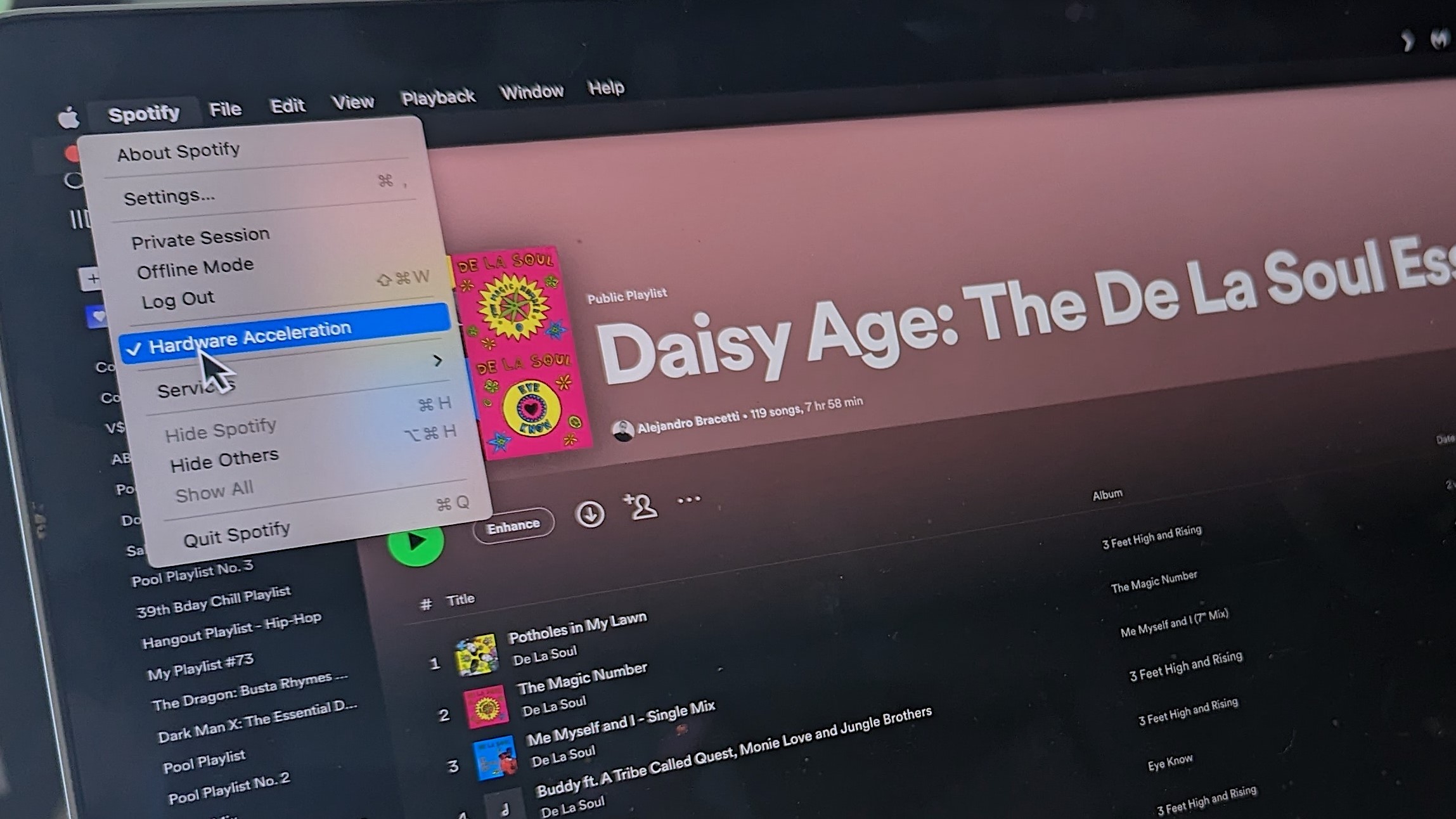
Spotify recommends turning on hardware acceleration when streaming music on your laptop or desktop. why? Apparently, this optimizes desktop app performance based on hardware. Processing and streaming are said to run smoother because this feature offloads some of the work the CPU does. Experts still don’t know if hardware acceleration does anything to improve sound quality, but it doesn’t hurt to turn it on.
- Spotify bar menu > Hardware acceleration (MacOS)
- Settings > Show Advanced Settings > Compatibility > Hardware Acceleration (Windows)
More articles from Tom’s Guide
[ad_2]
Source link


